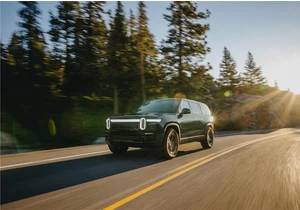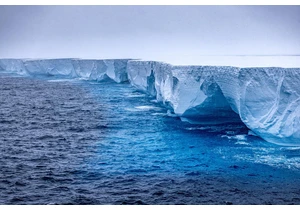Intuitive Machines’ lunar lander is well on its way to the moon after launching without a hitch on Thursday, but it managed to snap a few incredible images of Earth while it was still close to home. The company shared the first batch of images from the IM-1 mission on X today after confirming in an earlier post that the spacecraft is “in excellent health.” Along with a view of Earth and some partial selfies of the Nova-C lander, nicknamed Odysseus, you can even see the SpaceX Falcon 9 second stage falling away in the distance after separation.
Intuitive Machines successfully transmitted its first IM-1 mission images to Earth on February 16, 2024. The images were captured shortly after separation from @SpaceX's second stage on Intuitive Machines’ first journey to the Moon under @NASA's CLPS initiative. pic.twitter.com/9LccL6q5tF
— Intuitive Machines (@Int_Machines) February 17, 2024
Odysseus is on track to make its moon landing attempt on February 22, and so far appears to be performing well. The team posted a series of updates on X at the end of the week confirming the lander has passed some key milestones ahead of its touchdown, including engine firing. This marked “the first-ever in-space ignition of a liquid methane and liquid oxygen engine,” according to Intuitive Machines.
This article originally appeared on Engadget at https://www.engadget.com/intuitive-machines-moon-lander-sent-home-its-first-images-and-theyre-breathtaking-194208799.html?src=rss https://www.engadget.com/intuitive-machines-moon-lander-sent-home-its-first-images-and-theyre-breathtaking-194208799.html?src=rss
Login to add comment
Other posts in this group
For many, summer means it's time to grill outdoors. But cooking inside does at least mean you’re likely to deal with fewer bugs. It also makes it easier to try out new kitchen equipment, such as a



Amazon Prime Day 2025 has arrived and it has brought a slew of discounts across the entirety of Amazon’s online sto



Odds are you aren't too familiar with the group of animals called zooplankton, which include copepods, krill and salps. On land, they're most commonly used as fish food. Underwater, however, they'v
